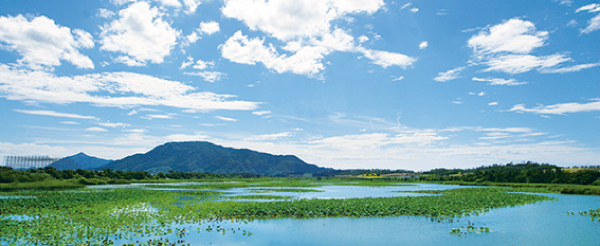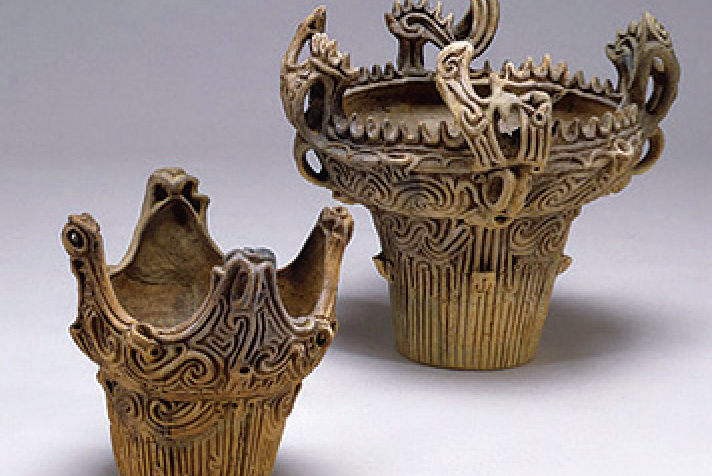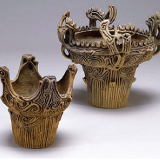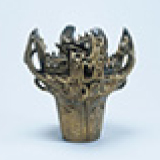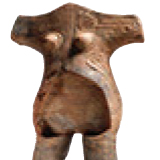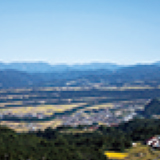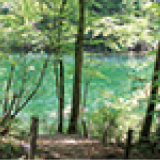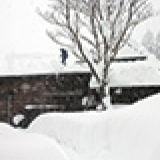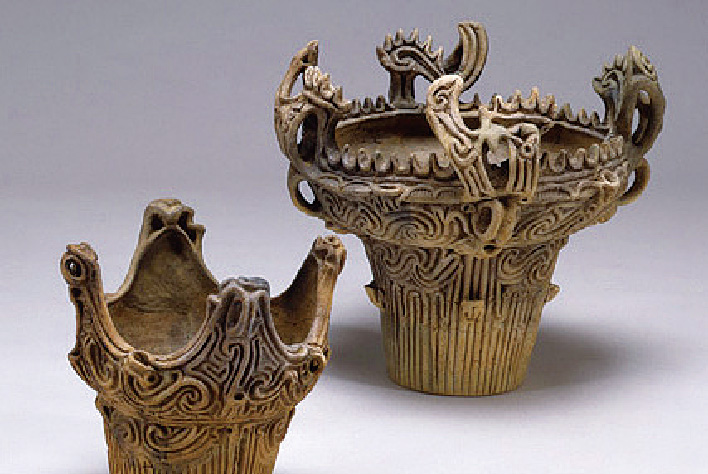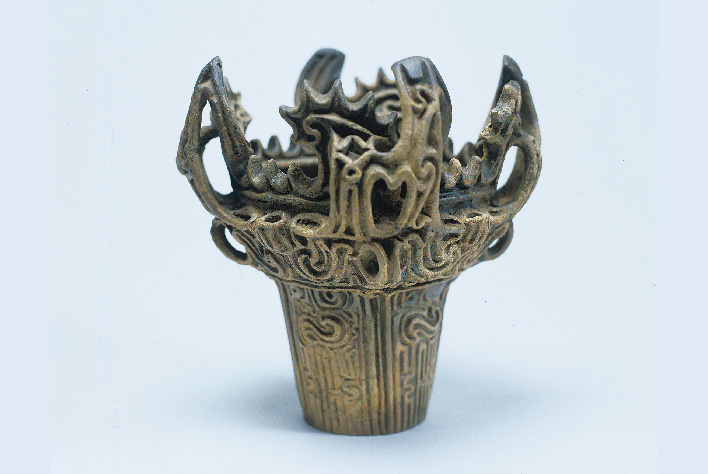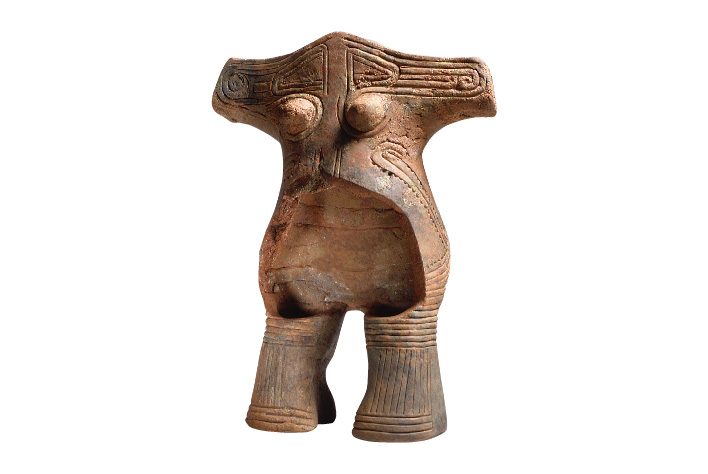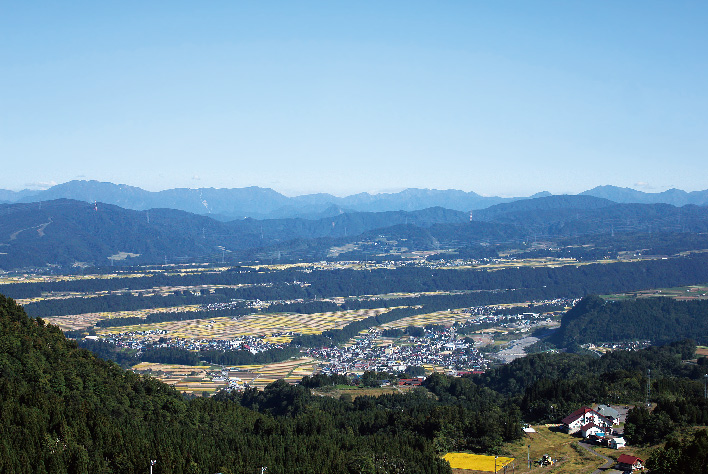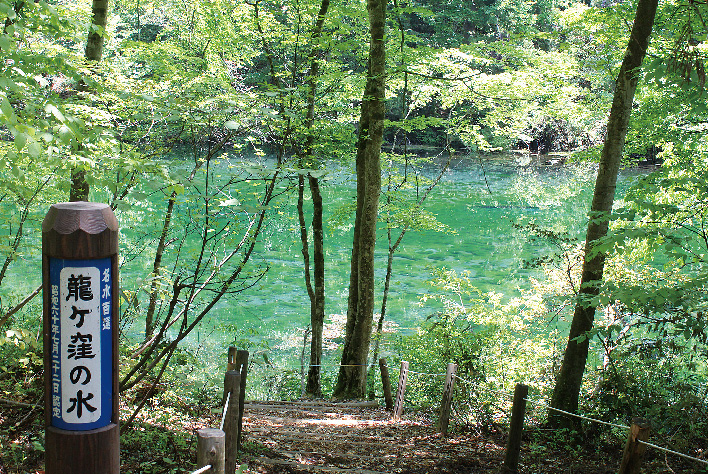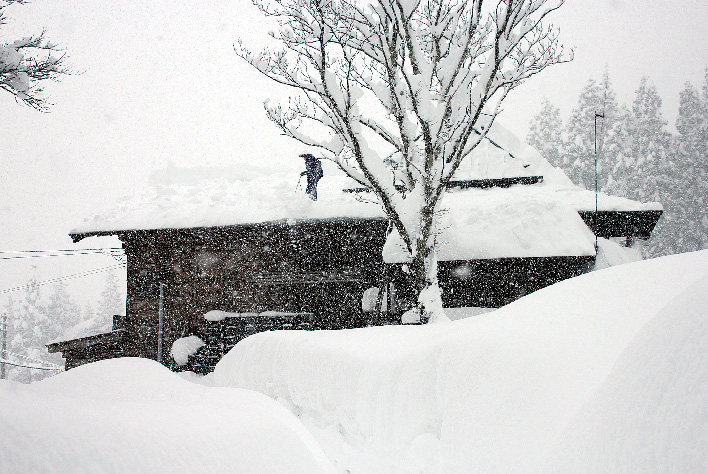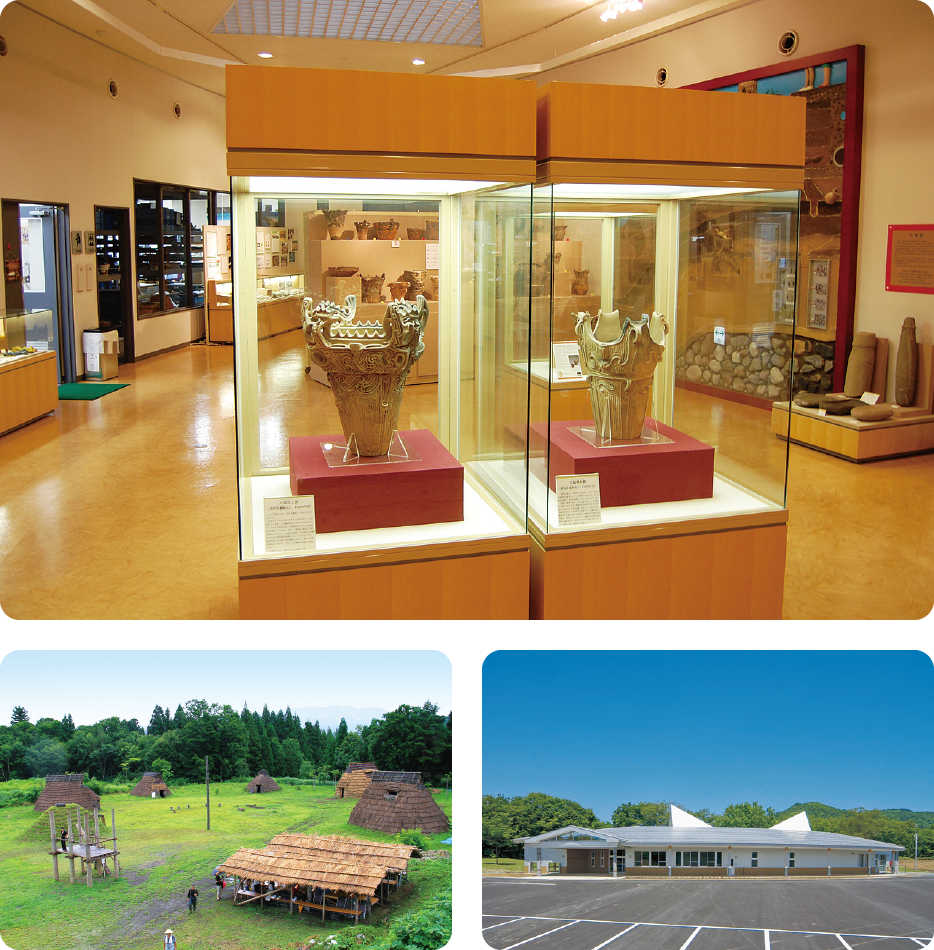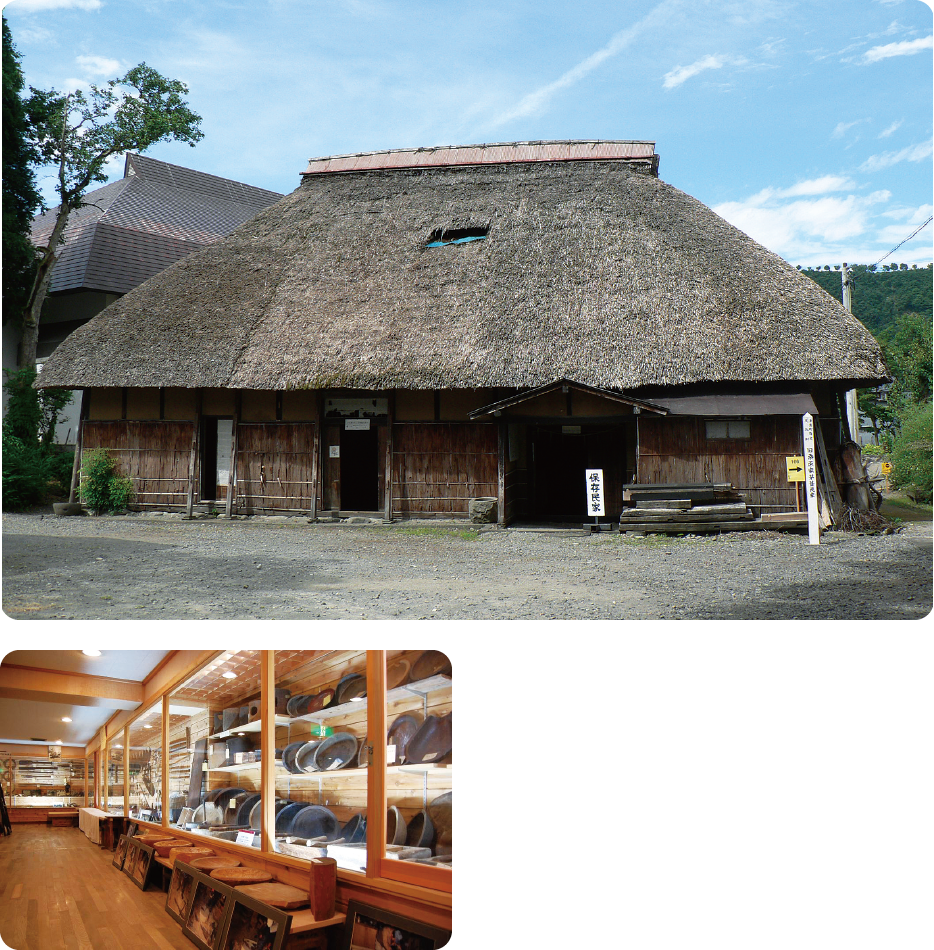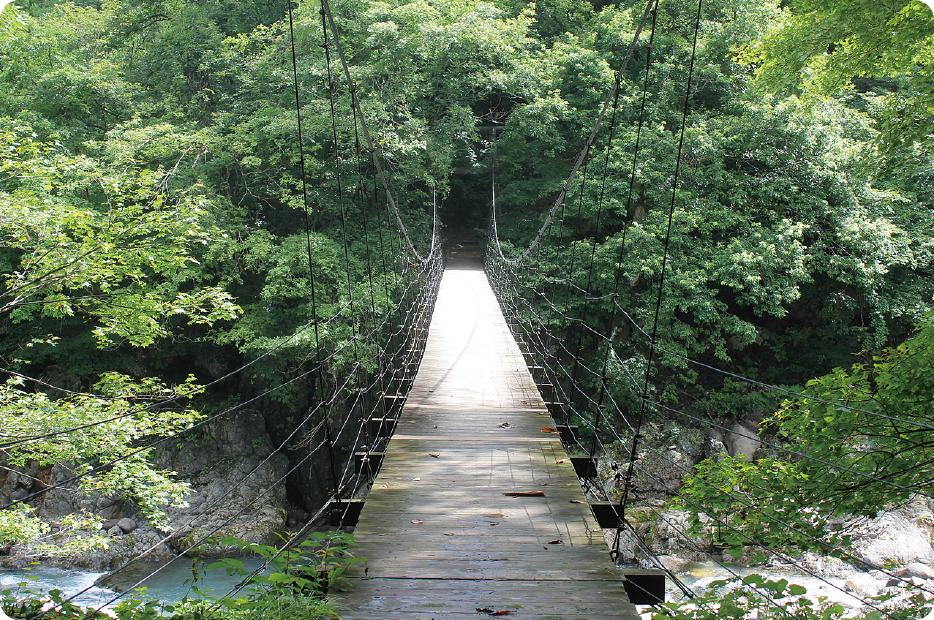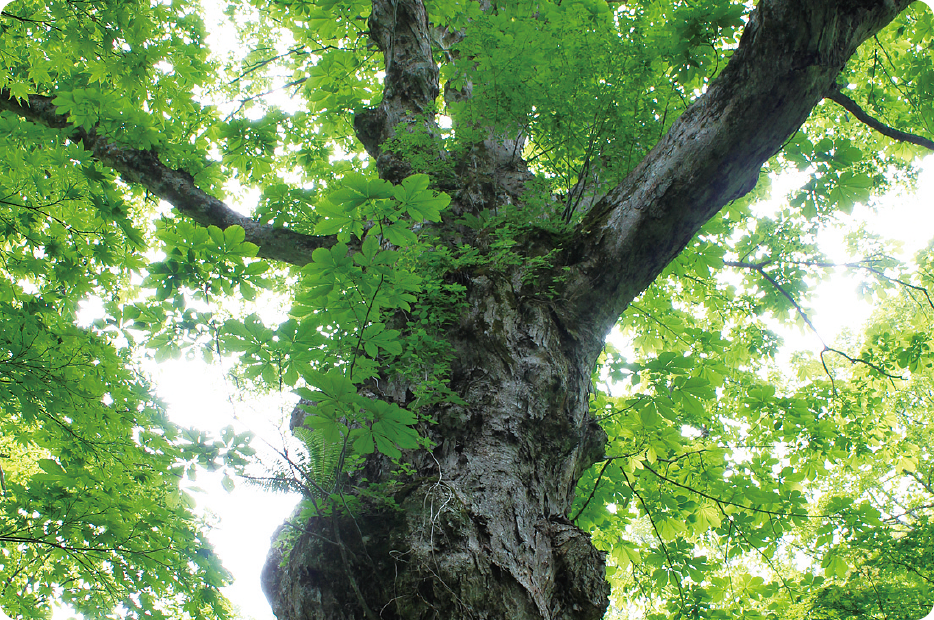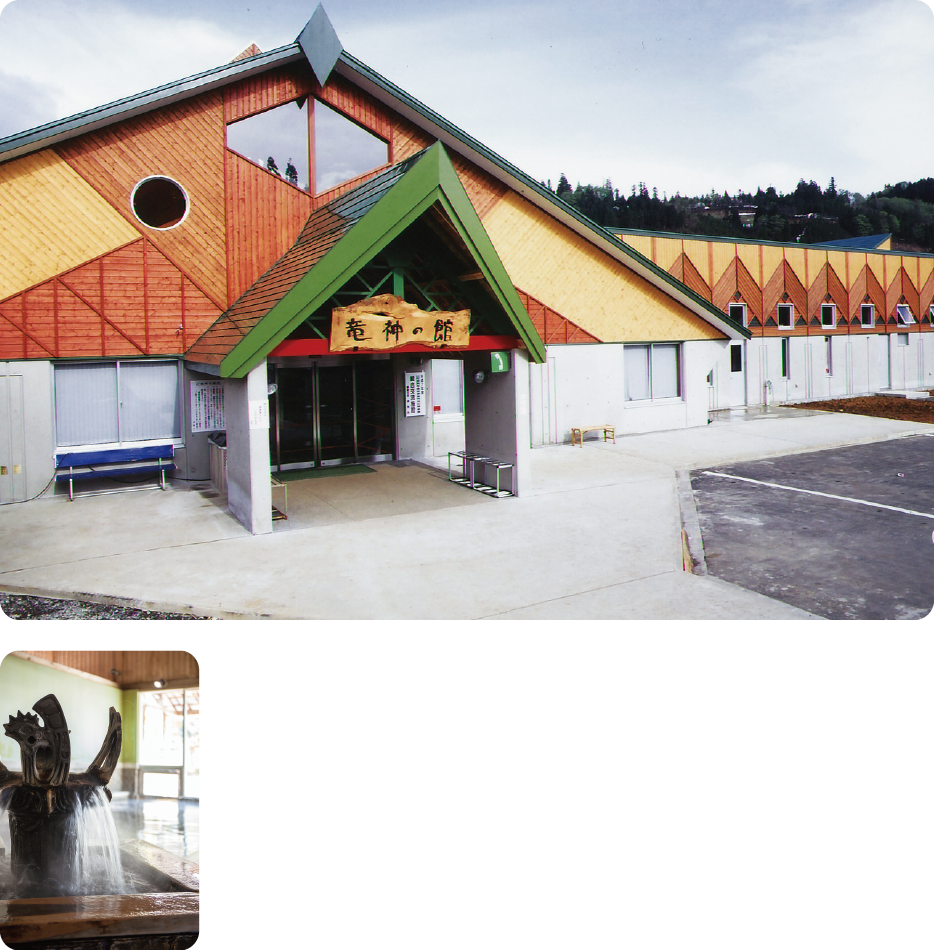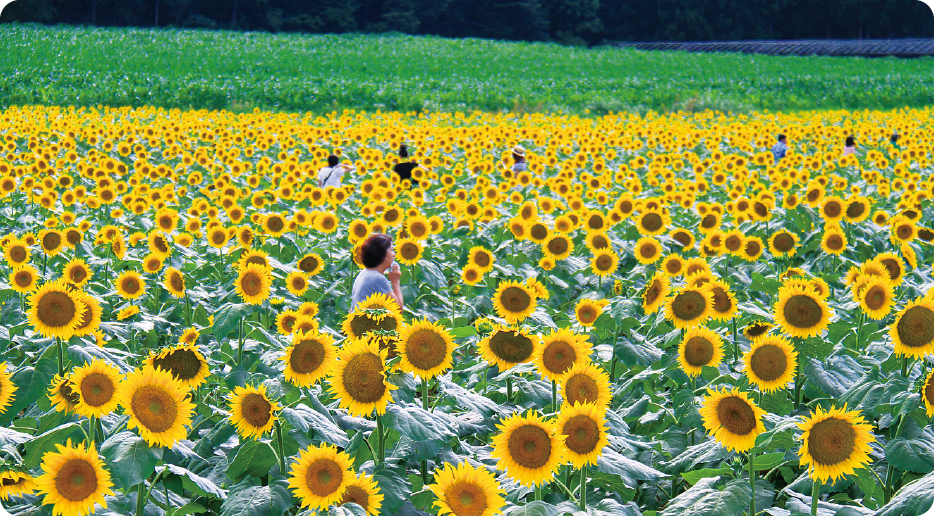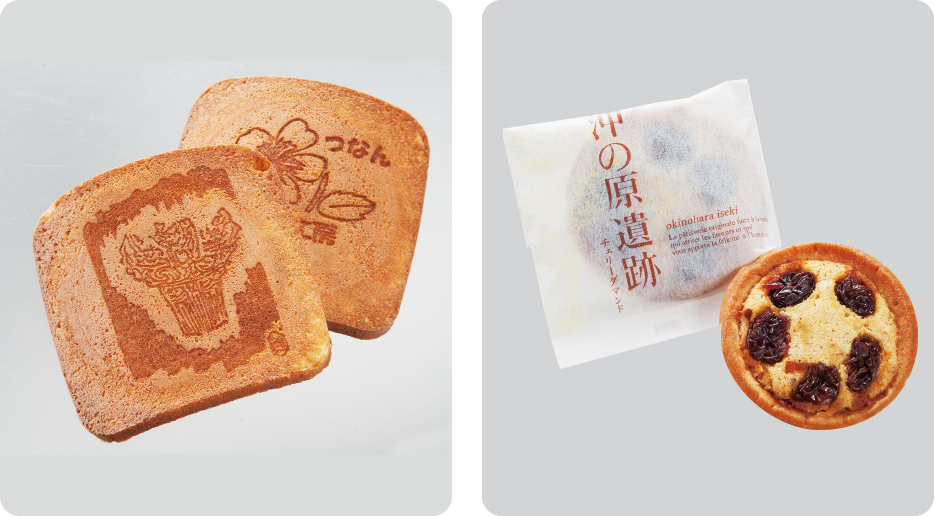Cultural Asset No.18
Dodaira Site Artifacts
The sites of the period when pottery production began are concentrated in the upstream area of the Shinano River. Bottom-pointed pots, a feature of the Incipient Jomon period, are found among the artifacts of Himizo and Unoki Minami sites. The pots that date back about 10,000 years before the period of flame pots are decorated with cord marks.
Cultural Asset No.20
Okinohara Site Artifacts
Many pit dwellings in good condition were found in Dodaira Site from the mid-Jomon period. Flame pots and crown-type pots were excavated in nearly perfect condition. They are excellent materials that represent the upstream basin of the Shinano River. The finds also include pot groups from Gunma to Nagano prefectures, and even the Tohoku district, suggesting a wide range of communications.
Cultural Asset No.31
Uwano Site and artifacts
Uwano site from the mid-Jomon period is known for pit dwellings and a large clay figure. Normally in the mid-Jomon period, solid figures are made from a mass of clay, The clay figure with swollen stomach found here is hollow instead. It might be that a figure of a pregnant woman was made and deliberately broken to pray for safe delivery. We can catch a glimpse of the Jomon people’s spirit.
Cultural Asset No.40
River Terraces
These multiple-stair terraces were formed by the Shinano River and the earth through a stunningly long period of 400,000 years. The Jomon culture developed on this river terrace topography with scattered springs. People selected this terrace in Tsunan which is the largest in Japan to gather and settlements grew to a large scale where they made flame pots in their daily lives.
Cultural Asset No.43
Ryugakubo
Ryugakubo is a pond where water springs out. Located at an altitude of 450m on the river terrace, beech, Japanese cypress and magnolias grow densely in the surroundings. With Jomon sites nearby, the landscape looks as if unchanged from the Jomon period. Water originating from heavy snow fall springs out at 30 tons per minute. The water in this pond is always clear and transparent because the cold water, 7 degrees Celsius even in summer, is all replaced daily.
Cultural Asset No.51
Akiyama Village
This unexplored area is at the tributary of the Shinano River with mountain villages scattered in the Nakatsu River basin. A Jomon villages were located on the same spot as the present village in Akiyama between Tsunan Town in Niigata Prefecture and Sakae Village in Nagano Prefecture. The beautiful natural landscape that would have been reflected in the eyes of the Jomon people is still unchanged. Also, the culture and customs of a heavy snowy area described in "Akiyama Journey" by Bokushi Suzuki in the Edo period are kept on today.



